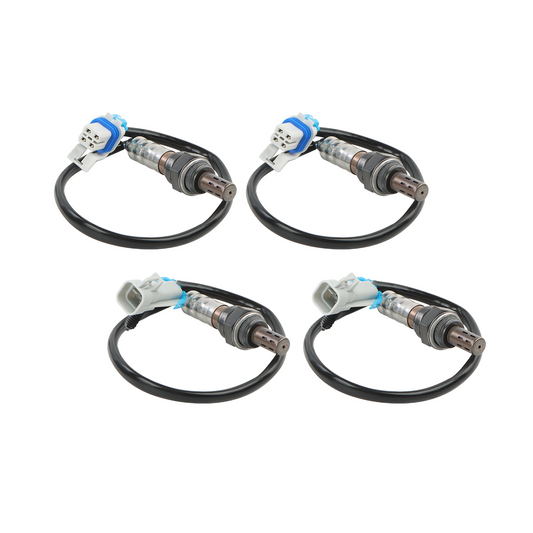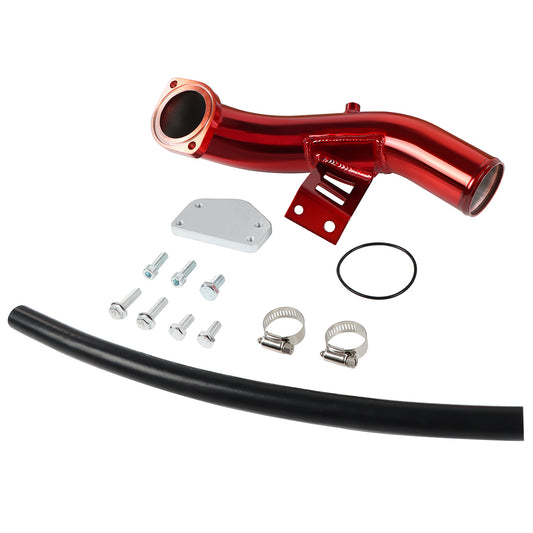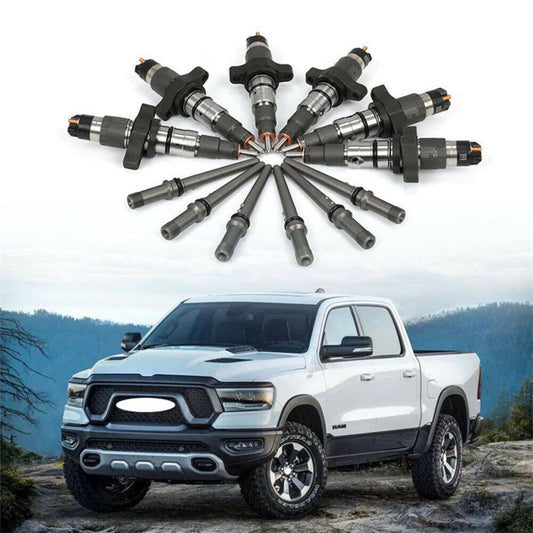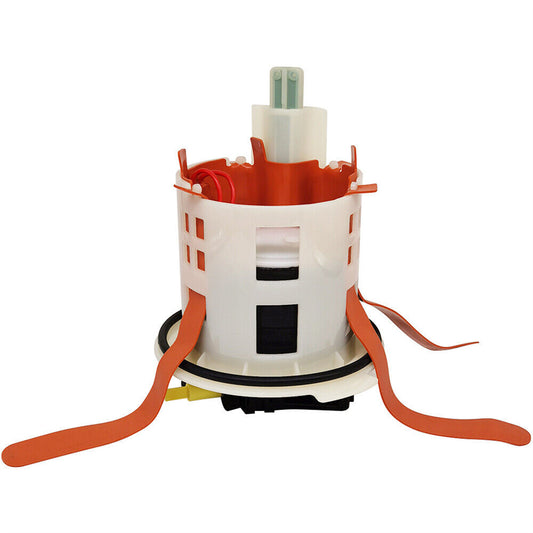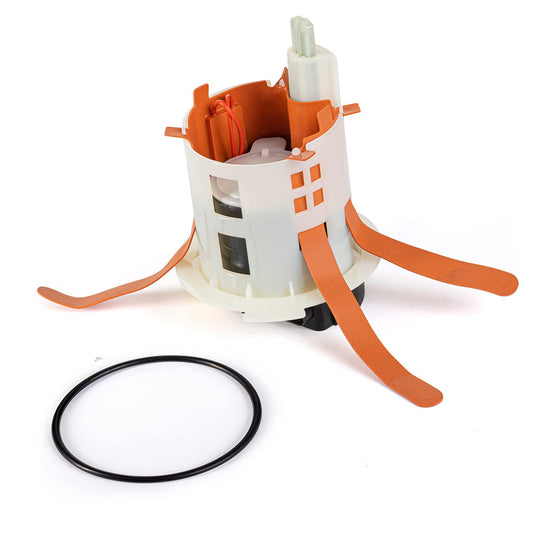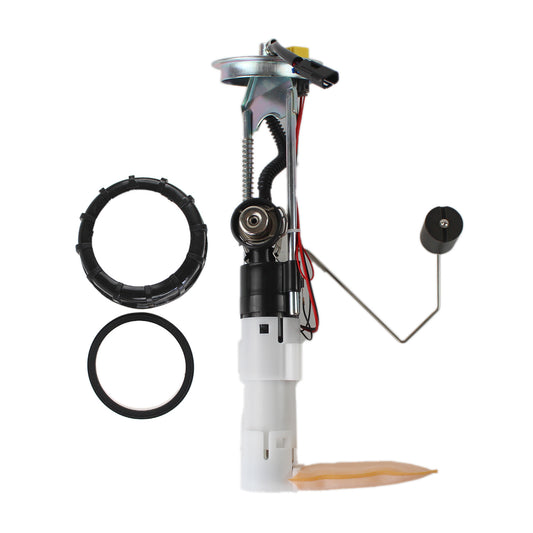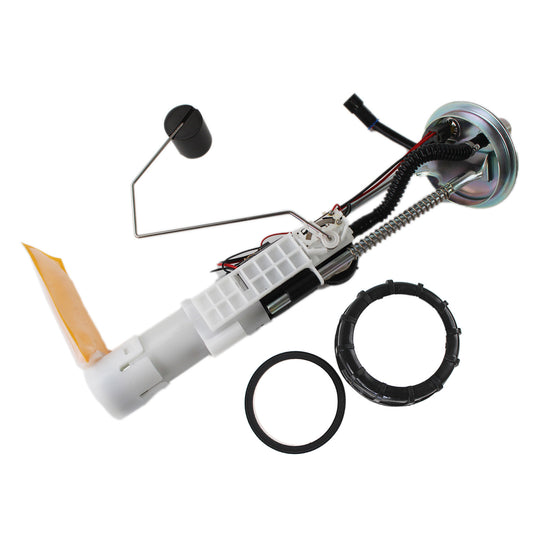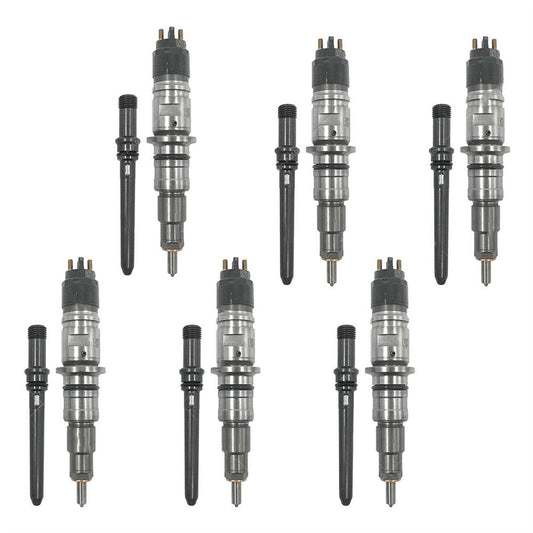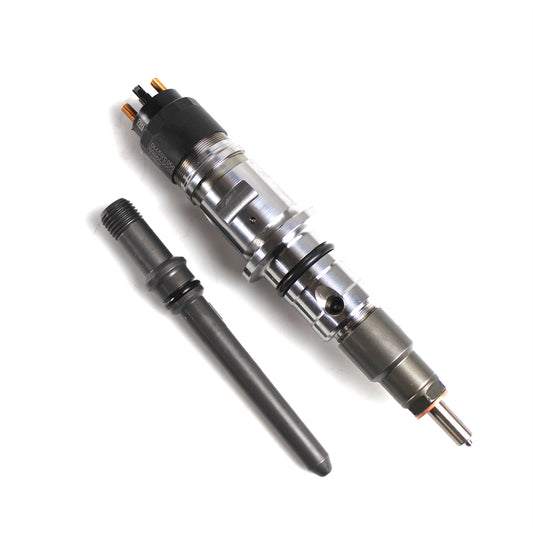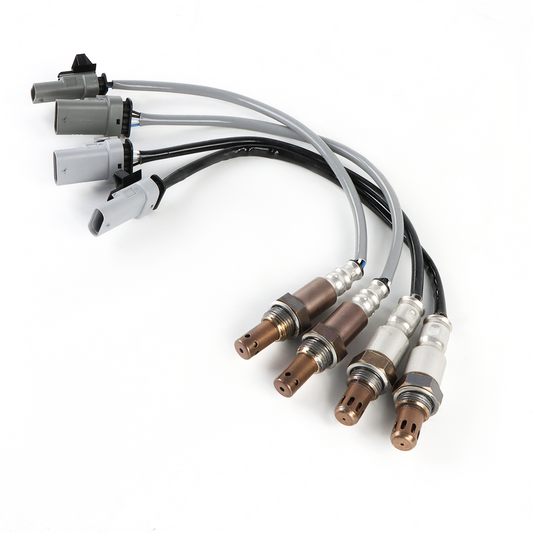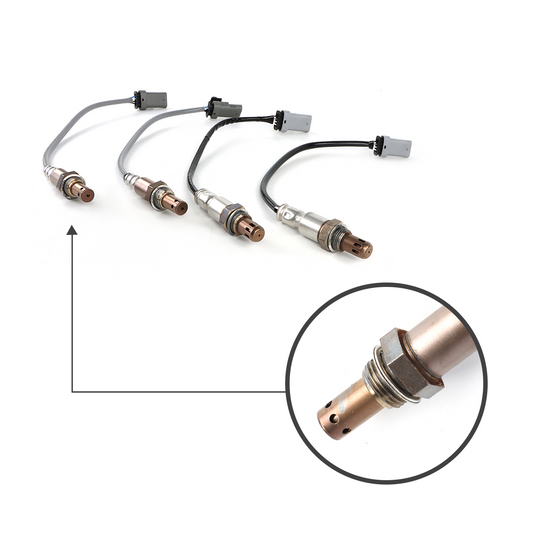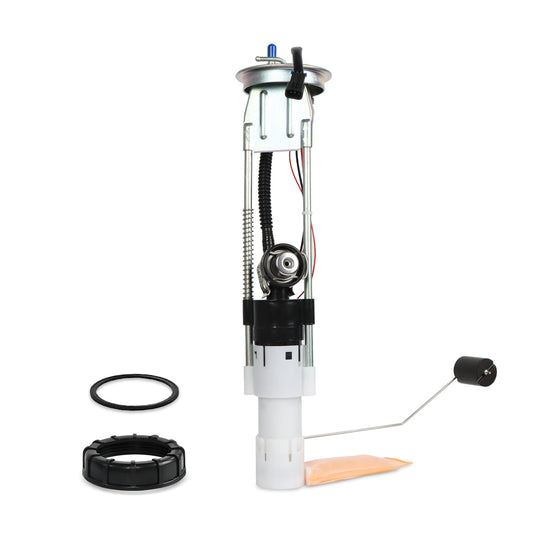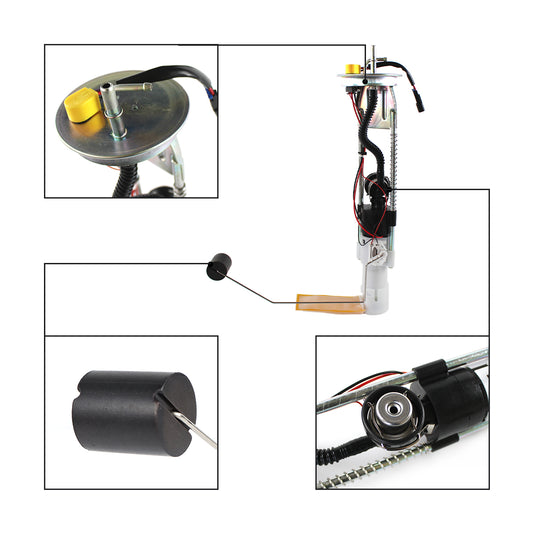What Causes Drive Shaft Failure: Common Factors and Prevention
Introduction:
The drive shaft in a vehicle plays a critical role in transmitting power from the engine to the wheels. However, like any mechanical component, it can experience failure over time. In this blog post, we will explore the common causes of drive shaft failure and provide insights on how to prevent such issues. Understanding these factors can help you maintain your drive shaft's integrity and prolong its lifespan. Read on to learn more about what causes drive shaft failure and how to mitigate potential problems.
Lack of Maintenance:

One of the primary causes of drive shaft failure is a lack of regular maintenance. Failing to lubricate the drive shaft's universal joints, inspect for wear and tear, or address any abnormal noises or vibrations can lead to premature failure.
Excessive Vibrations:
Excessive vibrations can put additional stress on the drive shaft, leading to failure. These vibrations may occur due to imbalanced or misaligned components, worn-out u-joints, or issues with other drivetrain components.
Misalignment or Imbalance:
A drive shaft that is improperly aligned or balanced can result in excessive strain on the u-joints and bearings. This misalignment can be caused by improper installation, accident damage, or worn-out suspension components.
Overloading or Over-Torquing:
Subjecting the drive shaft to excessive torque or overloading beyond its design limits can cause stress and damage to the shaft and its components. This can lead to bending, cracking, or even complete failure of the drive shaft.
Corrosion and Rust:
Drive shafts are exposed to various elements, including moisture, road salt, and debris. Over time, corrosion and rust can weaken the drive shaft, compromising its structural integrity and eventually causing failure.
Impact or Accident Damage:
High-impact events such as collisions or hitting large potholes can cause severe damage to the drive shaft. Cracked or bent shafts, damaged universal joints, or misaligned components can result from such incidents.
Conclusion:
Understanding the common causes of drive shaft failure is crucial for maintaining your vehicle's drivetrain integrity and preventing costly repairs. Regular maintenance, addressing vibrations or noises promptly, ensuring proper alignment and balance, and avoiding overloading are essential steps to prevent drive shaft failure. By taking proactive measures, you can extend the life of your drive shaft and enjoy a smoother and safer driving experience.


